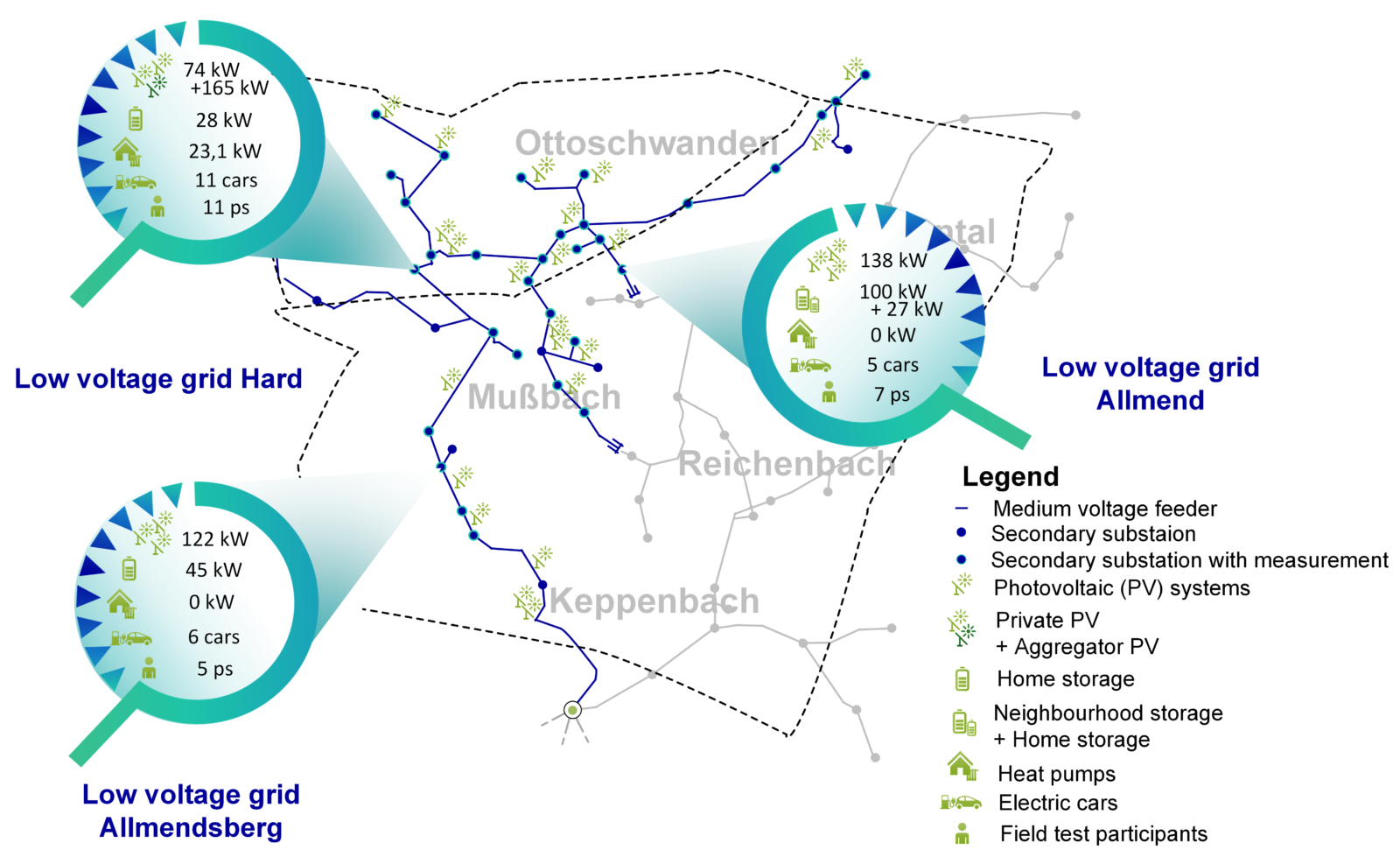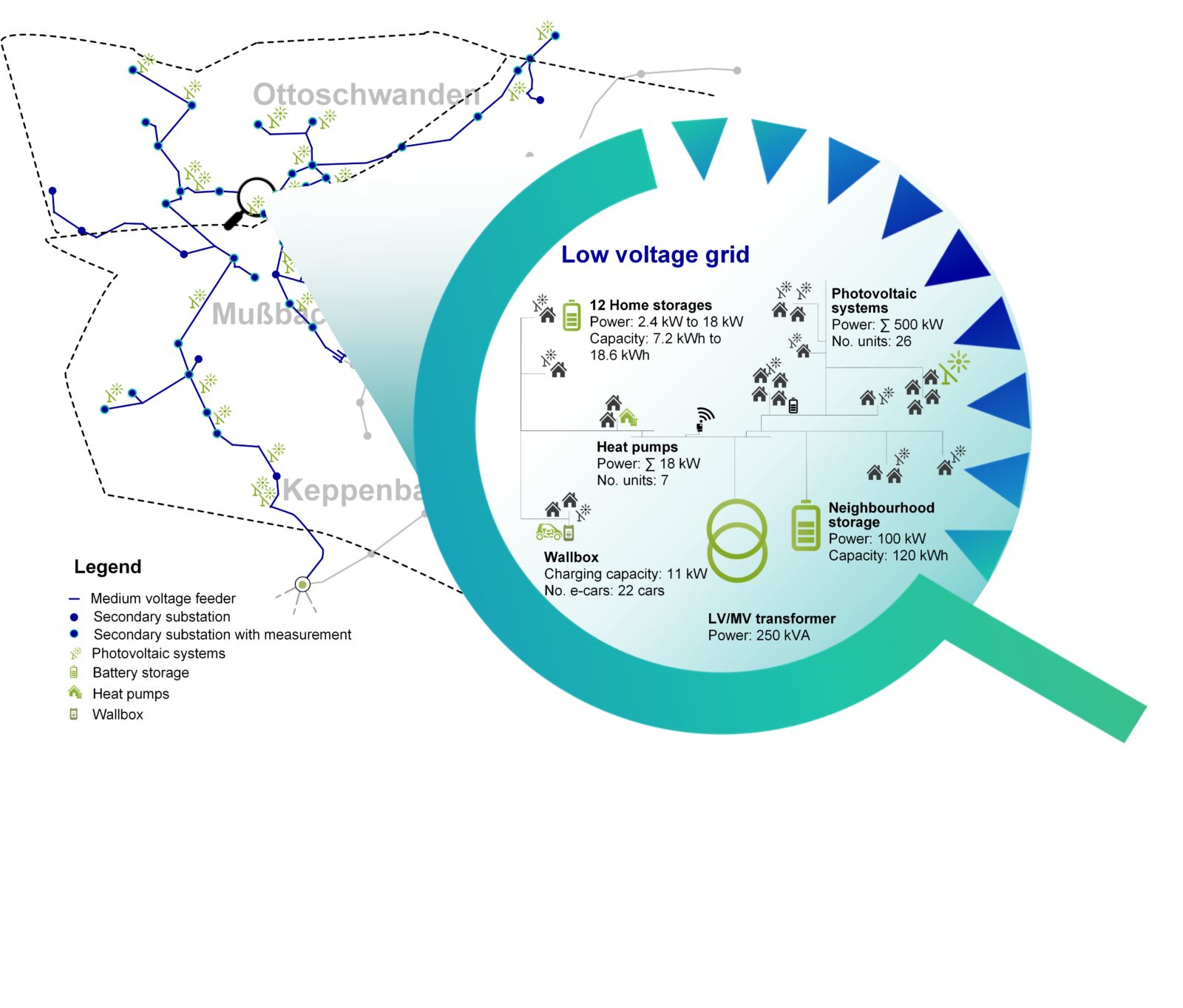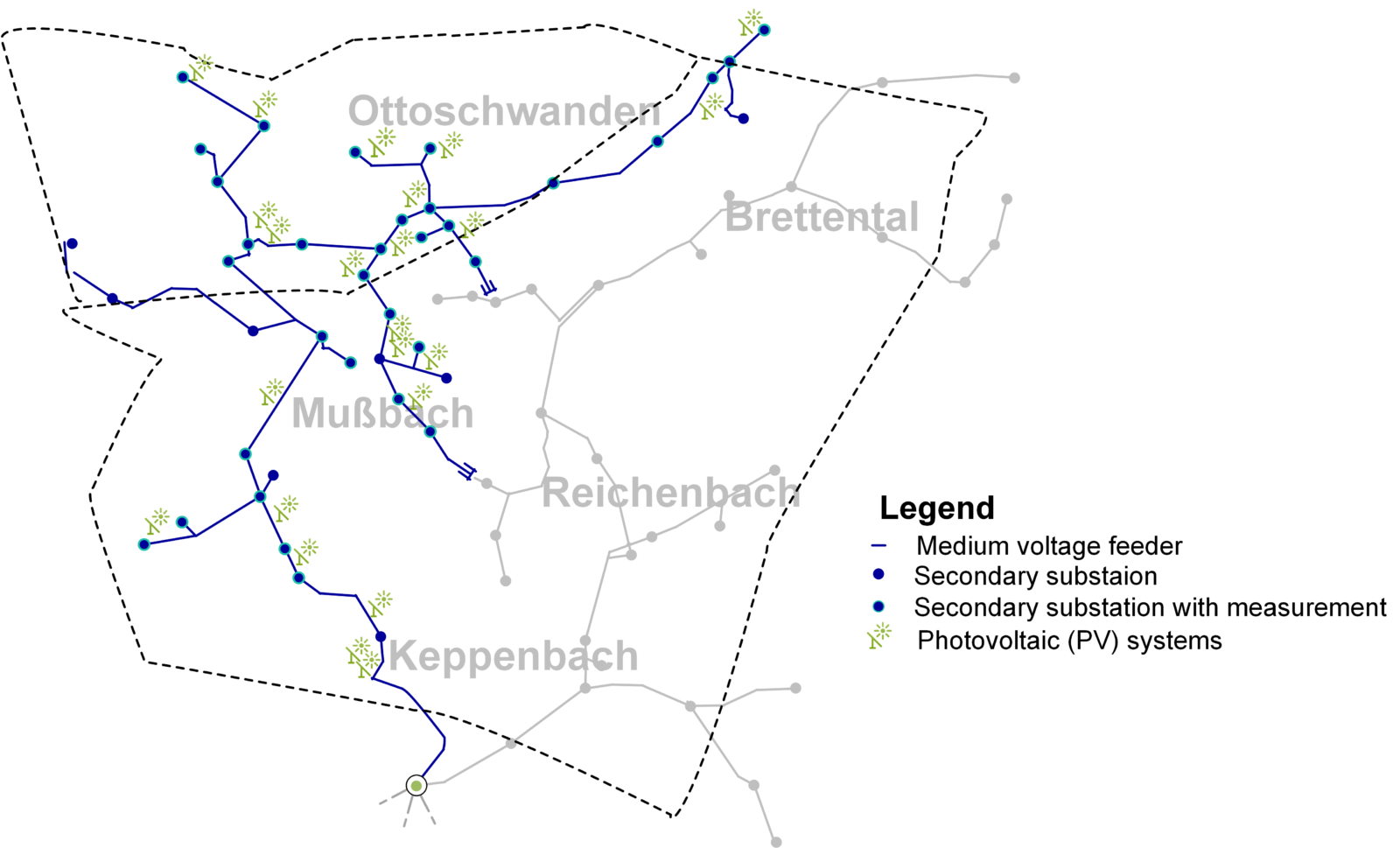Einer der besonderen Highlights von flexQgrid war der 17-monatige Feldtest unter Realbedingungen. Durch den Feldtest konnten die im Projekt ausgearbeiteten Lösungen aller Ampelphasen (more info about the traffic light phases under this link) auf die Probe gestellt werden – und das nicht nur simulativ oder im Labor, sondern im realen Netzbetrieb mit den Bürger*innen vor Ort. Das lieferte uns einerseits wertvolle Erkenntnisse über die Herausforderungen in der praktischen Umsetzung und bietet andererseits die Möglichkeit, unter Beweis zu stellen, dass unsere Lösungen bereits heute technisch umsetzbar sind.
Field Test in Freiamt
Der Feldtest in Freiamt wurde erfolgreich abgeschlossen.
Vielen Dank an alle Teilnehmenden und Unterstützer*innen!
Testing our solution together with grid customers
Why Freiamt?
Freiamt bietet die perfekten Voraussetzungen dafür, das Stromnetz von morgen bereits heute zu testen. Die Gemeinde in Südbaden ist eine der sonnenreichsten Gegenden Deutschlands. Hier wird dreimal so viel erneuerbare Energie produziert, als die Bürger*innen verbrauchen. Unsere intelligenten Lösungen für das Stromnetz der Zukunft, das sich durch immer mehr dezentrale Erzeugungs- und Verbrauchsanlagen in den Haushalten auszeichnet, können so ideal getestet werden. Zusätzlich konnte auf die Vorkenntnisse und Infrastruktur des Vorgänger-Projekts grid-control aufgebaut werden. Deshalb haben wir auch in flexQgrid auf Freiamt und die positive Energiewendestimmung vor Ort gesetzt. Über die gute Zusammenarbeit mit der Gemeinde und den Bürger*innen freuen wir uns sehr.
Im Projekt flexQgrid wurden vier unterschiedliche Anlagenarten, Batteriespeicher sowie Verbraucher wie Wärmepumpen und Elektroautos, zusätzlich zu den Photovoltaik-Anlagen, in den Feldtest eingebunden. Insgesamt hat flexQgrid mit 2100 kW eine größere Anlagenleistung in den Feldtest einbezogen als in Vorgängerprojekten.
Facts and figures from the field test
Die Dimensionen unseres Feldtests:

To welcome 40 participants
control 704 kW of flexible power within smart homes
of which 320 kW installed photovoltaic system capacity (PV)
of which 269 kW consumption (e.g. heat pumps and electric vehicles)
of which115 kW battery storage capacity
control another 1048 kW of PV system power and 120 kWh of storage capacity
integrating 22 electric vehicles
Dank der hohen Anzahl an Feldtestteilnehmern, einer umfangreichen Anbindung von dezentralen Anlagen und neuen Verbrauchern haben wir bei flexQgrid ein realitätsnahes Bild vom Stromnetz der Zukunft erhalten. Diese steuerbaren Anlagen mit unterschiedlichen Anschlussleistungen wurden im Feldtest intelligent koordiniert und automatisiert gesteuert, so dass Netzengpässe vermieden werden konnten, bevor sie überhaupt auftreten (more information here).
Field test areas
Der Feldtest in Freiamt teilte sich in die zwei Feldtestbereiche, intelligente Haushalte und dezentrale Netzregler auf. Diese Bereiche unterscheiden sich durch ihre technische Ausstattung und somit auch durch ihre Anwendungsfälle im Projekt
The schematic map of Freiamt shows how the flexible PV systems integrated in the field test are distributed along the medium-voltage feeder. The three magnifying glasses also provide a small insight into the design of the focus local grids.
In three low-voltage grids, the so-called focus local grids, with different generation and consumption structures, the entire grid traffic light system is being tested with smart households.
For this to be technically possible, the participating households need a building energy management system (BEMS) developed in the project and an intelligent metering system (smart meter) at the grid connection point with a control box. In the practical implementation of the field test, the BEMS receives the allocated quota from the distribution grid operator in the yellow traffic light phase, which the BEMS integrates into the optimisation of the household and the system control. In the red light phase, the BEMS receives the control command from the decentralised grid controller via the control box. The distribution grid operator thus does not have direct access to individual installations of a household in any traffic light phase, but only considers the house connection point.
In order to be able to test the cascaded control concept of the grid controllers even better in the red light phase, additional controllable photovoltaic systems in other low-voltage grids, but on the same medium-voltage feeder, are added to the smart households. They are equipped with a control box and a smart meter gateway and can thus react to the congestion signals from decentralised grid controllers. In this way, they can be directly controlled in the event of a congestion and thus participate in the red light phase.
Voices of our field test participants in Freiamt
Als die Anfrage kam, ob wir uns am Projekt beteiligen wollen, haben wir ohne zu Zögern ja gesagt. Wir freuen uns, die Zukunft mitzugestalten und zu zeigen, dass in der Gemeinde Freiamt viel möglich ist, wovon schlussendlich alle profitieren – nicht nur die Freiämter.
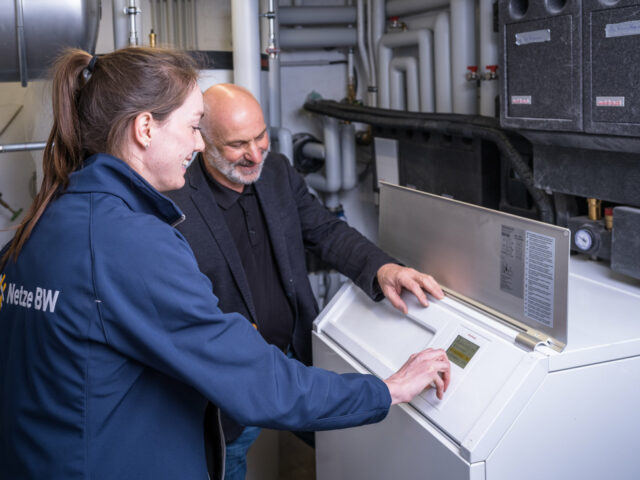
Ich bin vom Feldtest absolut begeistert und immer neugierig, welche Fragestellungen gerade untersucht werden. Grund ist sicherlich auch meine persönliche Begeisterung für technische Innovationen. Eine intelligente Koordination von PV-Anlagen, Batteriespeichern, Wärmepumpen, Elektrofahrzeugen mit dem Verteilnetz ist heute noch Zukunftsmusik, unter anderem weil die Geräte teilweise unterschiedliche Kommunikationsstandards nutzen. Super, dass der Feldtest für das optimale Zusammenspiel innovative Lösungen erarbeitet.

Wir freuen uns, Energiewendepioniere im Projekt flexQgrid zu sein und den Feldtest mit unserer Teilnahme zu unterstützen.

Die Teilnahme am Feldtest von flexQgrid hat uns die Energiewende nähergebracht. Wir fahren super gerne mit dem E-Auto einkaufen. Die private Tankstelle zu Hause in Form einer Wallbox ist eine super Sache, gerade wenn man so wie wir im Ländle wohnt.
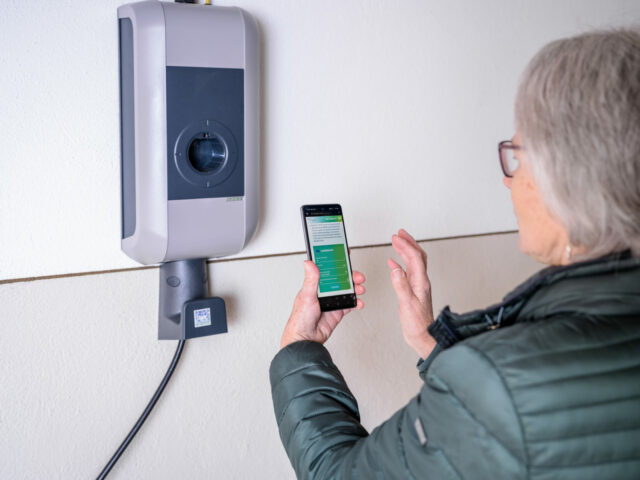
Alt trifft neu: Auf dem Dach unseres selbst restaurierten, historischen Hauses haben wir uns für PV-Anlagen entschieden. Sich selbst mit nachhaltigem Strom zu versorgen, wird immer wichtiger, dabei denke ich auch an die Zukunft meiner Kinder. Wir freuen uns, das Projekt zu unterstützen, da es Lösungen für die optimale Einspeisung von lokal erzeugtem Strom sucht.

Wir unterstützen den Feldtest gerne. Die Energiewende kann nur stattfinden, wenn Innovationen in der Praxis erprobt werden. Nachhaltige Energie, am besten selbst erzeugt, ist unserer Familie wichtig. Daher haben wir gerade unser Haus mit PV-Anlage und Batteriespeicher ausgestattet.
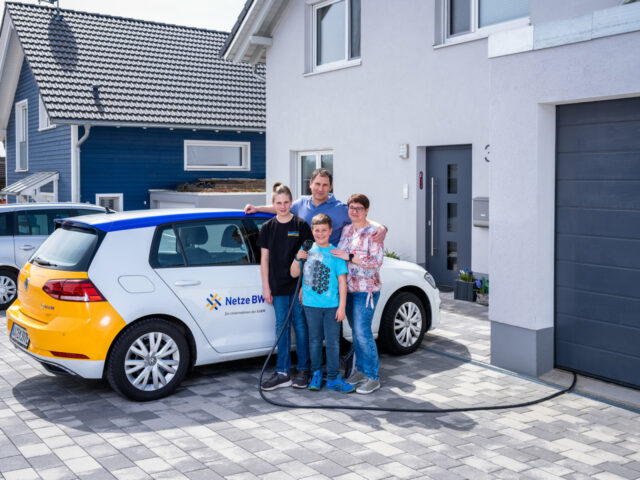
Für mich stand schon vor der Teilnahme an flexQgrid fest: tschüss Verbrenner, willkommen Elektromobilität. Ob mit dem E-Bike oder mit dem E-Auto – das ist unsere Zukunft. Als Fachmann ist mir bewusst, dass die Energiewende eine große technische Herausforderung ist. Super, dass sich Netze BW dieser stellt und nach Lösungen sucht, die Energieinfrastruktur nachhaltig zu gestalten.
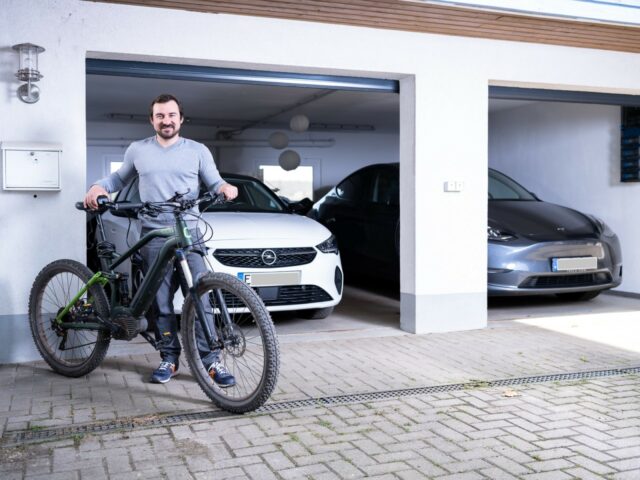
Mit der Teilnahme am Feldtest wollen wir unseren Kindern ein Vorbild sein und zeigen, dass die Energiewende ohne persönlichen Einsatz nicht möglich ist. Wir möchten sie dafür sensibilisieren und uns gemeinsam für ein nachhaltigeres Leben einsetzen.
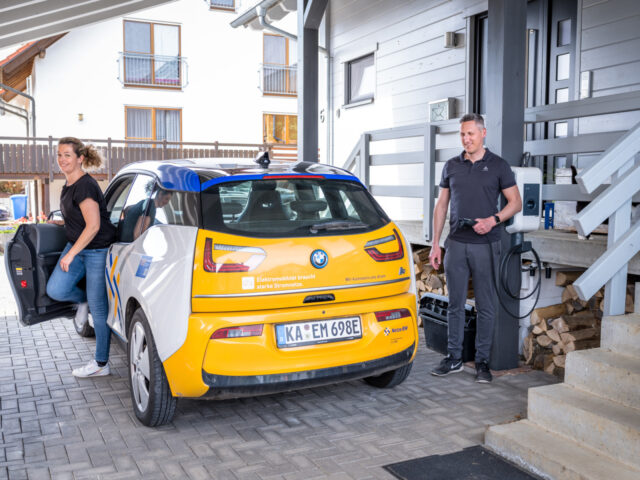
Schon vor dem Projekt flexQgrid war unser Haus „smart“ – ausgestattet mit PV-Anlage, Batteriespeicher und Wärmepumpe. Im Rahmen des Feldtests konnten wir zusätzlich ein E-Auto und eine Wallbox im Alltag testen. Das hat uns so überzeugt, dass wir uns daraufhin ein privates E-Auto zugelegt haben. Die Teilnahme am Feldtest hat mein Interesse für intelligente Vernetzung und Technik der Zukunft noch verstärkt.

Für mich war es selbstverständlich, den Feldtest zu unterstützen. Auch privat interessiere ich mich sehr für die Energie und Mobilität der Zukunft. Mit dem E-Auto unterwegs zu sein, zu Hause zu tanken – einfach eine super Sache. Dass Strom und E-Mobilität zukünftig eng miteinander verbunden sein werden, ist klar. Gut, dass sich flexQgrid darum kümmert und so die Weichen für die Zukunft stellt.
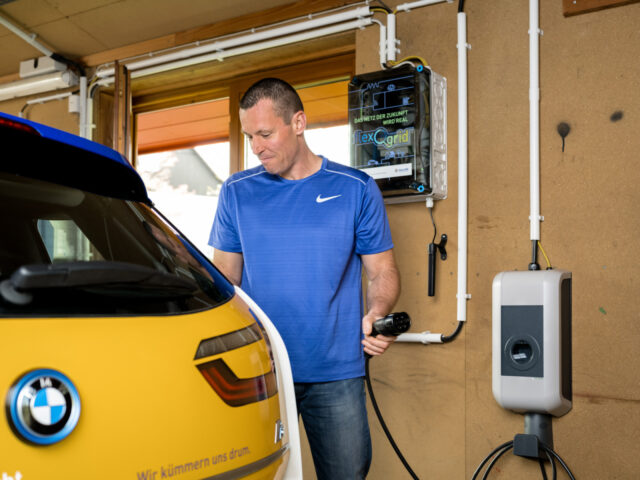
Für uns stand schon frühzeitig fest: Auf unser Dach kommt eine Photovoltaikanlage mit einem Batteriespeicher im Keller. Im Rahmen der Projektteilnahme konnten wir unseren CO2-Fußabdruck weiter reduzieren, indem wir nun elektrisch unterwegs sind. Meine Frau und ich freuen uns, Teil der Energiewende zu sein und das Projekt zu unterstützen.
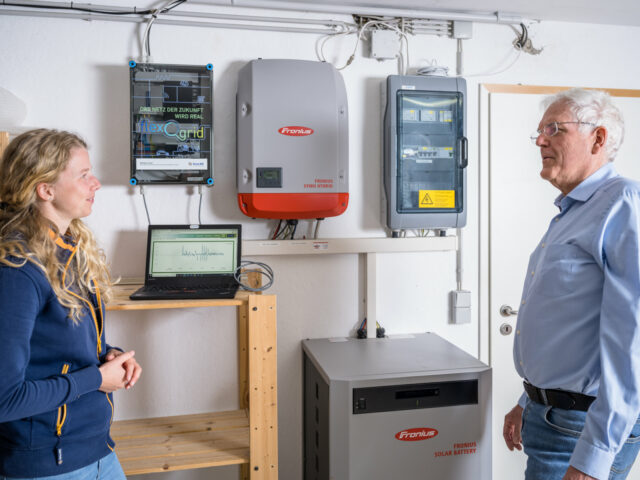
In Freiamt haben viele Anwohner*innen das Potential der eigenen Stromerzeugung erkannt, wie auch wir auf unserem Hof. Freiamt ist also eine perfekte Gemeinde für das Projekt.
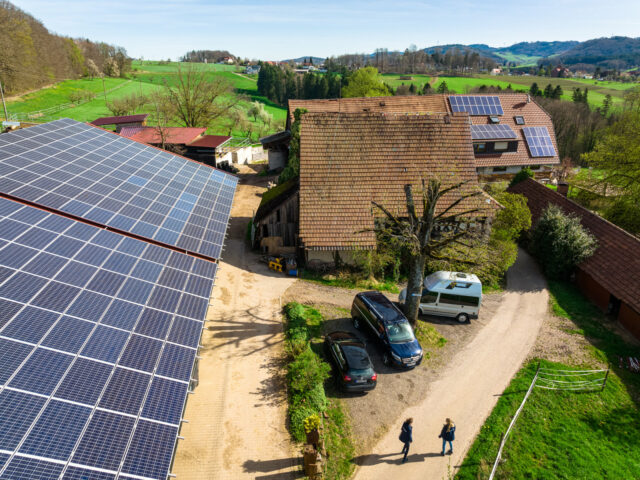
Ich bin ein absoluter Fan von PV-Anlagen und habe die Chance dieser großzügigen Fläche genutzt. PV-Anlagen leisten einen wesentlichen Beitrag zur Energiewende und sind wirtschaftlich vorteilhaft. Mir ist jedoch bewusst, dass mit der Integration der PV-Anlagen das Verteilnetz beansprucht wird, war es doch ursprünglich gar nicht dafür ausgelegt. Da die Nachfrage an selbst erzeugten Strom deutlich steigt, ist das Projekt wichtiger denn je.



